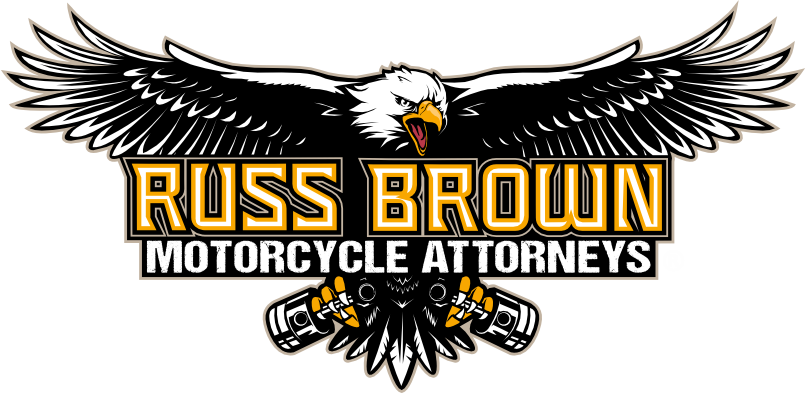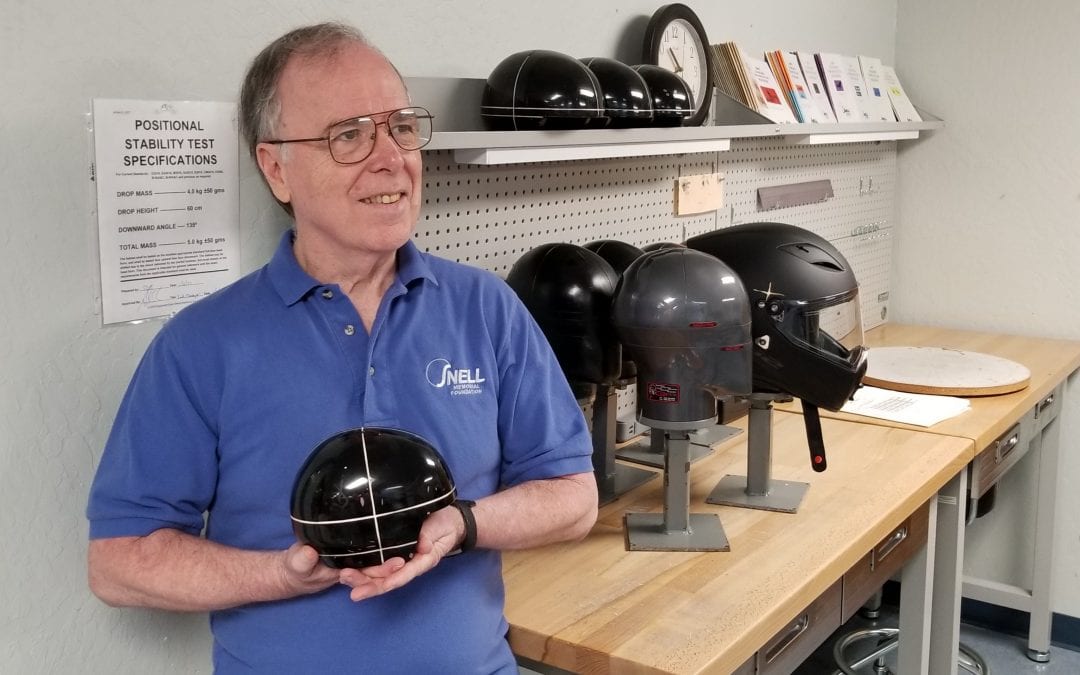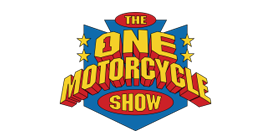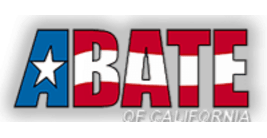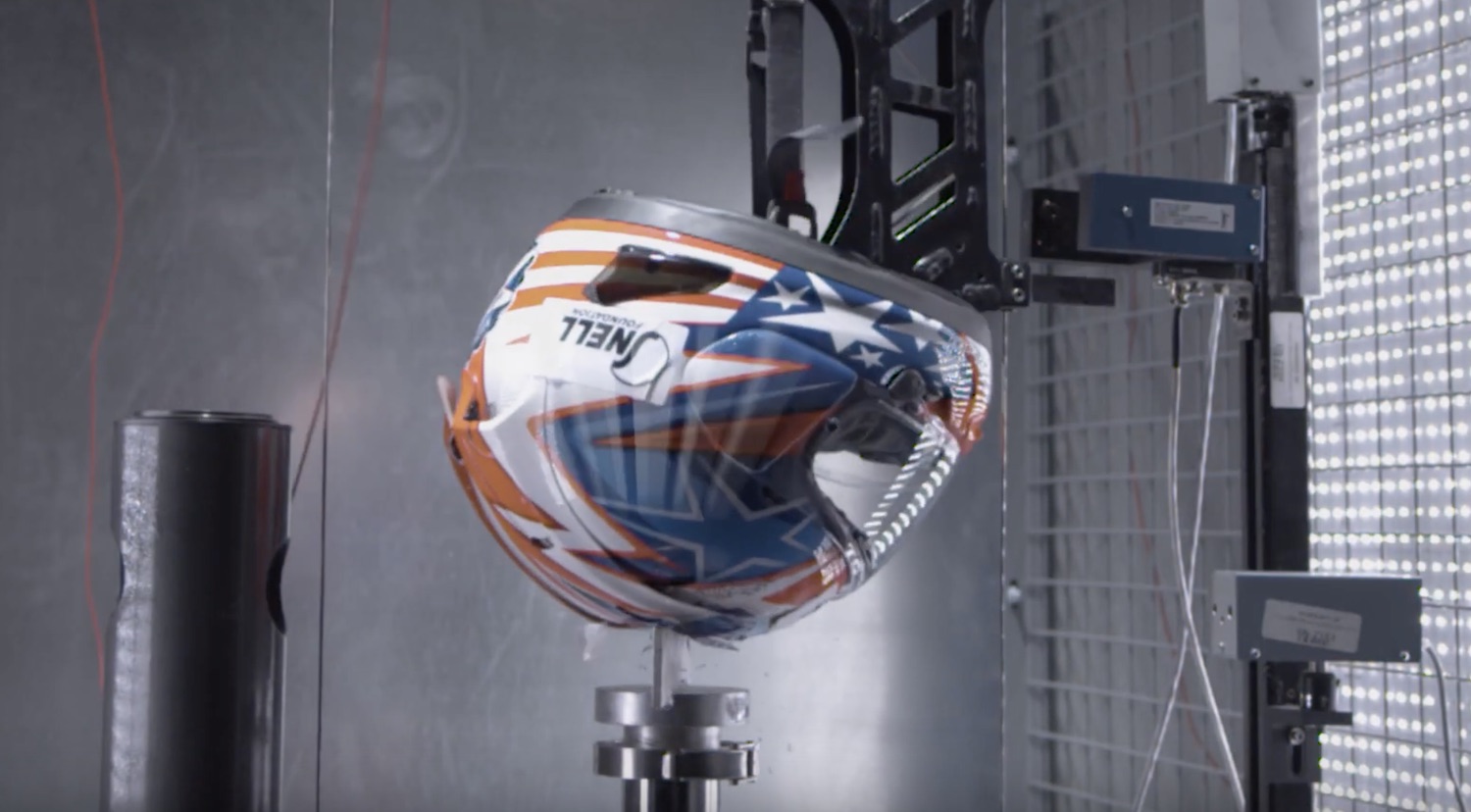
Motorcycle accidents are an unfortunate aspect of being on two wheels. The hope is that you never go down and if you do, you don’t experience any injuries. The reality is that many riders do.
While riders can’t control every aspect of the things they encounter on the road, one thing they can do is wear the proper gear when riding. Perhaps the most important piece of gear is a helmet and not just any helmet, but a good one. One that both satisfies any laws where you ride and provides the protection you need even in a catastrophic accident.

That’s where the Snell Foundation comes in. The organization was founded back in 1957 to help automotive racers find helmets that offer the best protection. It’s named for auto racer William “Pete” Snell who died when the helmet he was wearing failed to protect his head.
These days, Snell isn’t just worried about auto racing helmets. The foundation tests and certifies helmets to its own standards to ensure that auto racers, automotive sports participants, and motorcyclists will know what helmets to purchase.
Snell’s Standards and Testing
Snell sets its own standards and updates these standards as needed every five years. The foundation has a new standard for 2020 and will be certifying helmets that are submitted for testing.
So what makes the Snell testing different than the Department of Transportation (DOT) certification? Well, for starters, the DOT relies on self-certification for helmets. This means a helmet manufacturer is responsible for making sure its helmets meet the DOT safety standards.
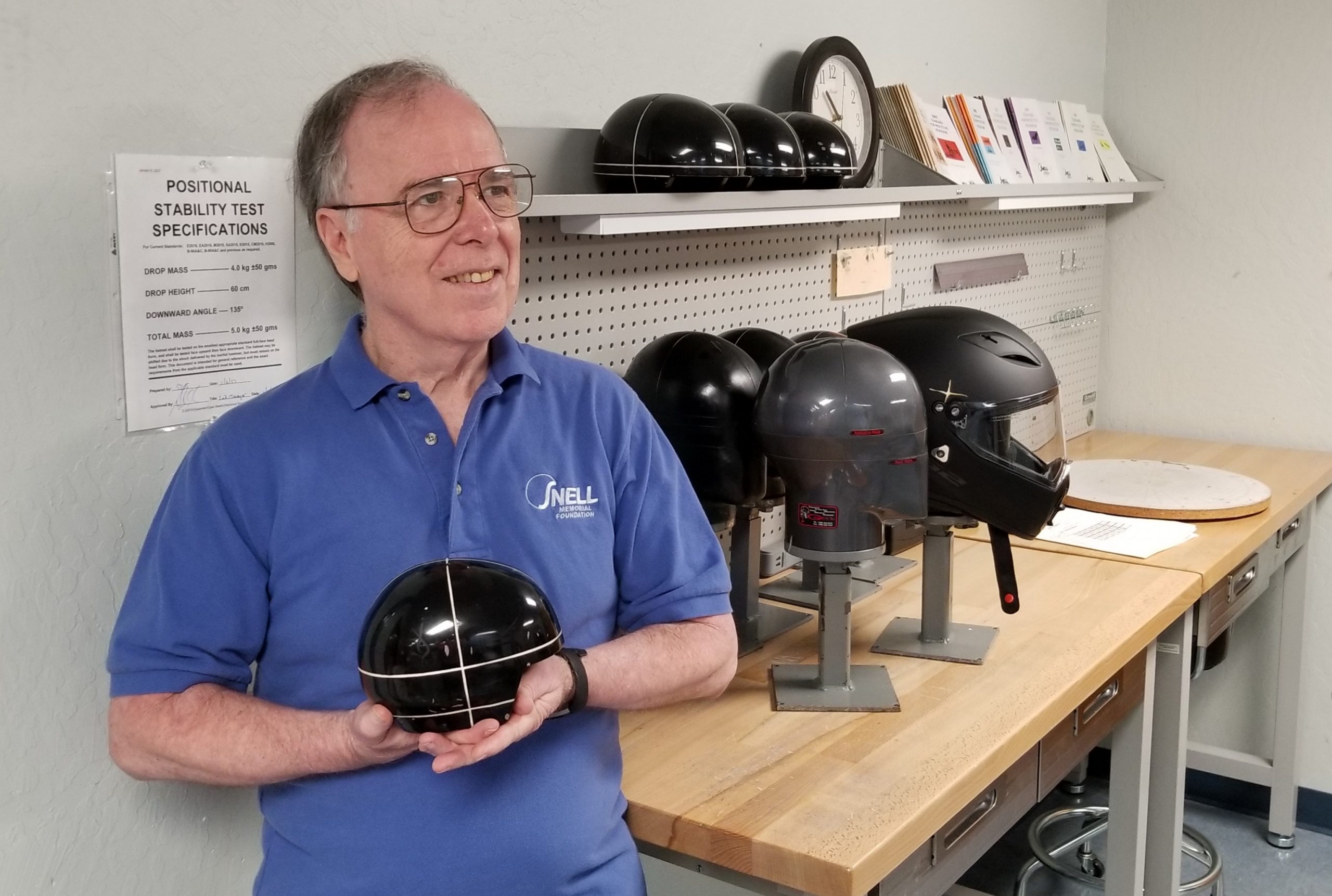
“DOT standard is just a document for the helmet manufacturers to help them understand what the law expects them to do,” said Hong Zhang, Snell’s Senior Program Director. She and Ed Becker, Snell’s Executive Director, talked with me on the phone about the foundation’s mission and testing methodology among other things.
In contrast to the DOT standards, Snell actually tests every single helmet model that it certifies. The manufacturers submit their helmets to Snell for approval. Snell tests the helmets in a variety of ways. The helmets undergo impact testing, retention testing (chin strap), positional stability testing, chin bar impact and rigidity testing, and shell and face shield penetration testing. For auto racing helmets, Snell also adds flame resistance testing to the mix.
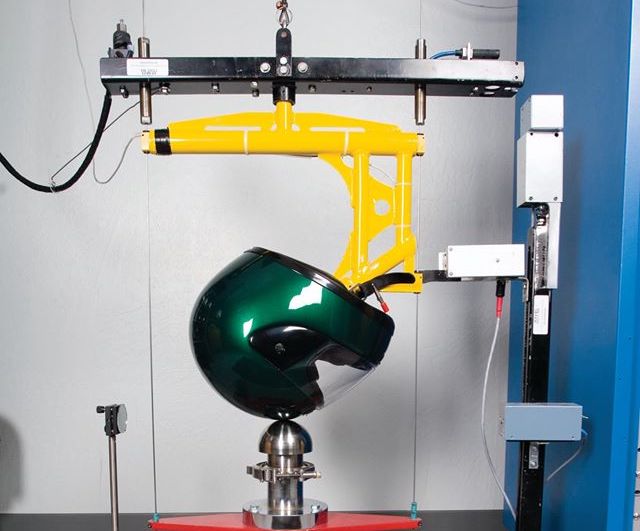
“Snell certified helmets from sizes extra-small to extra, extra-large, the range of advantage in terms of protection is 80 percent for the smaller sizes to 40 percent for larger sizes more over the DOT helmet standards,” Zhang said.
This means Snell certified helmets are actually much safer than helmets that are just designed to the DOT standard.
To ensure helmet manufacturers stay honest throughout the production life of the helmet, Snell goes out into the marketplace and buys helmets at a later date for additional testing. This ensures that the helmet manufacturer will keep quality high once it has achieved Snell certification.
“Say this company made 6,000 helmets,” said Zhang. “Then we need to test three helmets because we test one out of 2,000 helmets made.”
Zhang said the manufacturers never know where Snell will buy these helmets. The foundation uses a variety of vendors that any rider can use. It’s through this method that Snell ensures all of the helmets it certifies stay of high quality at all times.
“We are the quality control of their quality control,” said Zhang.
Snell and Racing
So, Snell isn’t mandated by the government, but it’s required for a lot of racing. Snell got its start with auto racing, but now it extends to motorcycle racing, too. Most racing organizations require riders to have a Snell certified helmet. This is because DOT certification isn’t designed for racing, whereas Snell is more applicable to the sport.
“The rules mostly say the most current Snell standard and the immediately previous one can be used,” said Zhang.

So, for example, Snell just recently rolled out the new 2020 standards for motorcycle helmets. Under the rules at most racing clubs and circuits, riders would be able to wear 2020 Snell certified helmets and the previous Snell certification, which is the 2015 standard. Helmets that were certified under the Snell 2010 standards will no longer be allowed in many cases.
Zhang said that it’s smart to update your helmet anyway. “Our recommendation is to replace your helmet after five years of regular use,” she said. Zhang did say older Snell helmets will still provide good protection but that in order to be compliant with race rules, riders will have to update.
Snell vs. Other Helmet Certifications
There’s a lot of discussions out there about Snell versus Economic Commission for Europe (ECE) and Federation Internationale de Motocyclisme (FIM) safety standards. Snell considers its certification superior to ECE and FIM standards.
The main reason for this is that ECE and FIM standards allow for a softer inner liner. The idea is that a softer inner liner will help cushion the head more and allow less transfer of force to be filtered through to the rider.
That sounds great, but Zhang pointed out an issue with the softer liner. The issue is that softer liners only allow for impact protection up to a certain point. If the helmet undergoes an extremely hard impact, the benefits of the softer liner cease to exist and too much force is directed on the head inside the helmet.

As such, Snell advocates for a helmet liner that’s a bit firmer. It still keeps the impact energy allowed below the levels where people will experience serious injury but is able to protect against more force overall.
The issue with ECE and FIM is that it only protects people’s heads up to a certain level of force whereas Snell subjects the helmets to quite a bit more force.
“In layman’s terms, we beat the helmet up quite a bit more,” Zhang said. “If you want to limit the total force, then you’re compromising how much the helmet can take in total in terms of impact.”
If you don’t crash very hard, or only sustain a minor crash, then ECE helmets do a fine job of protecting your head, but if you crash at high speeds or sustain a serious impact, then a Snell-rated helmet is going to perform better.
Snell does have a new standard specifically designed for European markets. It takes into account some of the thoughts the ECE uses for its own standards. This means there are two Snell standards for 2020. One for North America (M2020D) and one for European markets (M2020R). Snell says that even the European standard goes well beyond ECE standards. Most riders won’t have to worry about that at all. Keep an eye out for the Snell 2020 label in the U.S. and you’ll be good to go.
It’s important to note that Snell’s certification has no legal standing for riders out on the road. DOT is mandated by the government in the U.S. depending on your state’s helmet laws, and ECE is mandated in European countries.
Snell is not government-mandated anywhere. There’s no legal obligation for you to wear a Snell certified helmet, but if you have to wear a helmet or if you want to, it begs the question: why wouldn’t you get the safest helmet available?
You can see which helmets are Snell certified at the foundation’s website as well as plenty of information about testing methodology and the history of the foundation.
